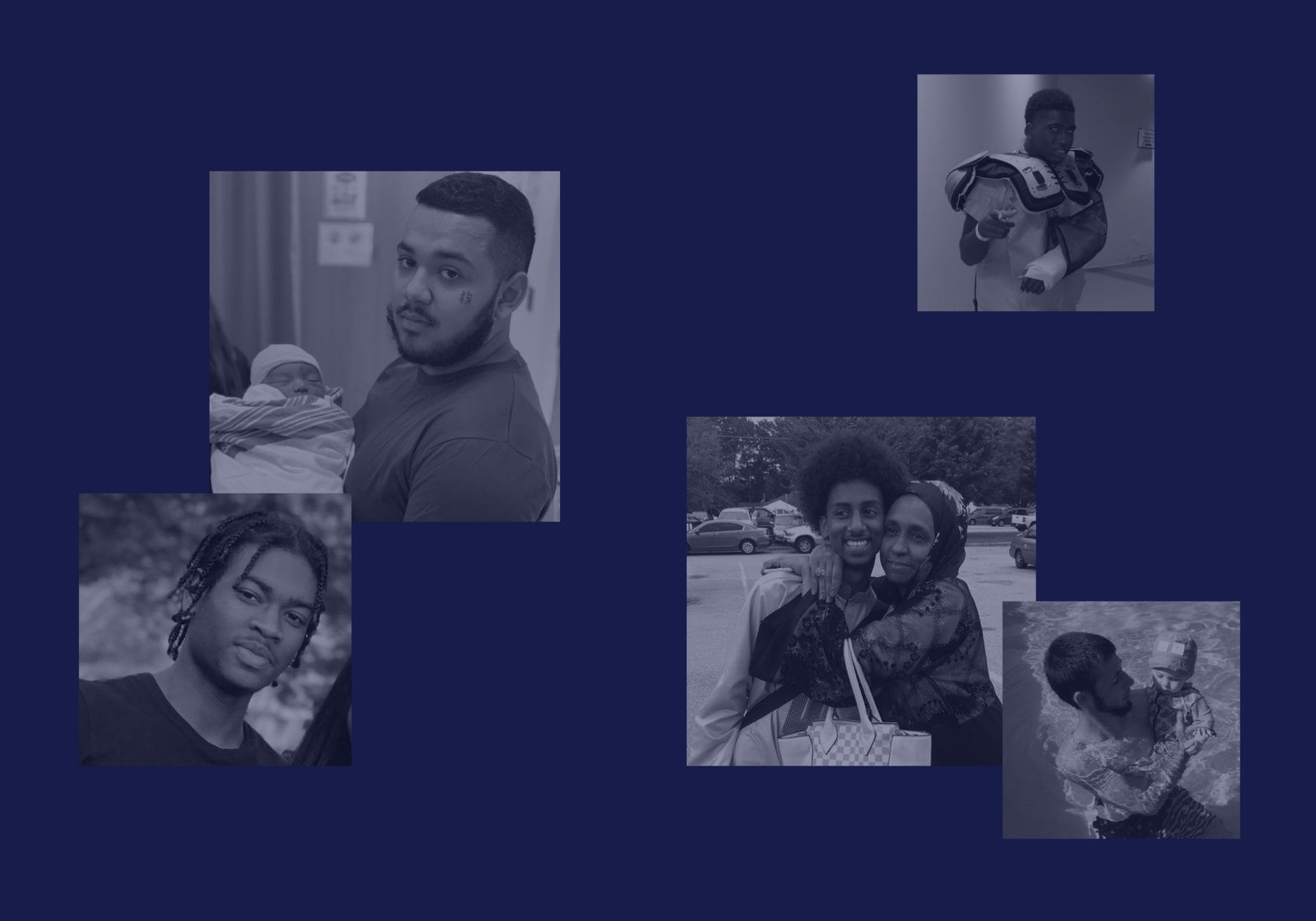
I wrote obituaries for young gun violence victims. This is my story.
Poet Andrea Gibson once wrote: “Even when the truth isn’t hopeful, the telling of it is.”
That’s what I had in mind as I began working on The Hardest Stories to Tell , the second part of the Since Parkland project. This collaborative journalism effort united me and 200 other student journalists with industry professionals at The Trace, a non-profit newsroom dedicated to covering the gun violence epidemic.
It was a daunting task from the outset. We set out to write 1,200 obituaries for children and teen gun violence victims in the year following the school shooting in Parkland, Florida. The Hardest Stories to Tell highlighted the 100 youths whose biographies were left unfinished in the first part of our project.
We called police stations and haggled with detectives to release what should have been, by law, public information. We sifted through an endless stream of social media to pinpoint family members. We were handed rough sketches of a child’s death and sought to paint portraits of their life, even if we lacked the most basic details about them, such as their names.
We not only sought to correct missing or faulty facts—we sought to correct an injustice. Gun violence in America kills 43 young people every day and is the second leading cause of death for people in this age group. It is especially fatal for black and brown children and teens, who are 14 times more likely to die from gun violence compared to their white counterparts. Yet as this epidemic rages on, news coverage of the issue is scarce. This horrendous bloodshed has been met by a culture of apathy.
We had to convey the profound loss of youth, not just on a personal level, but on a massive, nationwide scale. We had to make our readers care about each and every one of the kids we wrote about in a time when viral videos of shootings are so commonplace that our generation has become oversaturated with grief.
But we also wanted to capture creativity, brilliance, levity, and love in spaces where media rarely portrays it; to strike a balance between the story of the kid who died and the story of the kid who lived. I think of Christopher Williams, 18, dancing in his shiny black shoes in the living room with his mother. I think of Pedro Garcia, Jr., 17, weaving in and out of church pews with his little sister. I think of Natanael Perez, 18, splashing with his fiance’s child in the pool on a hot summer day.
Our work is not done. There are still profiles with missing facts within Stories Left to Tell. And in the stories we did complete, we witnessed a sliver of a much larger trend.
I would post on Facebook asking about a kid, a public call for any leads, and get flooded with messages about several other students from the same school or the same town who were also shot and killed. I would track down a victim’s girlfriend or boyfriend, and in their Instagram bios would be half a dozen names and dates, half a dozen tributes to the many people they had lost to gun violence in their short, young lives. There were people like Shy’ree Smalls, 17, who survived a drive-by shooting at 11 and saw his two-year-old cousin riddled with bullets shortly thereafter, only to lose his life to gun violence himself.
I grew up believing that a violent death would make the news. What I found instead were kids who died with no public obituary, no hashtag rallying cry attached to their name. There were only gunshots ringing loudly and a death that came quietly. I found this phenomenon applied almost exclusively to gun violence victims of color. It is a testament to the ease with which our world, and our country, forgets about its dead children.
But even if the reality of gun violence does not feel hopeful, the telling of it can be. We, as young journalists, refuse to look away from an ugly truth just because generations before us have done so. We will not let these stories die.